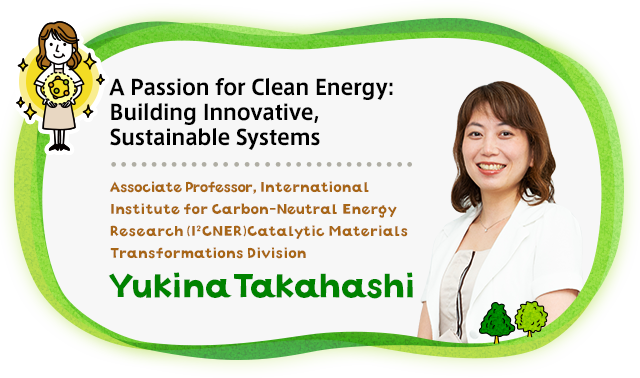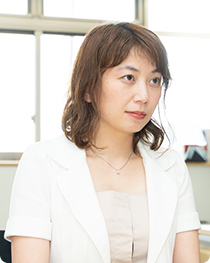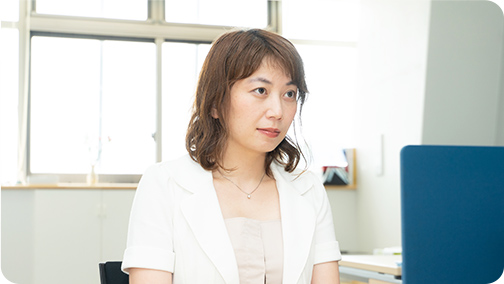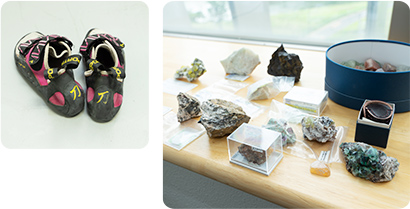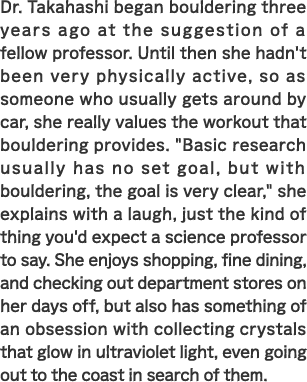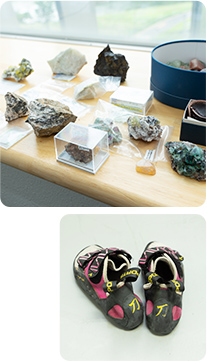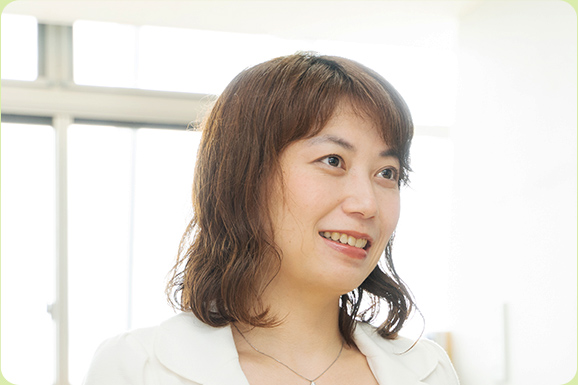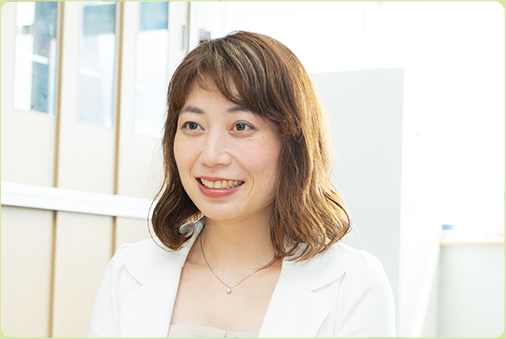 Dr. Takahashi has a refined air about her, owing to her elegance and quiet demeanor, yet she commands a strong presence with a manner of speech that reveals a dedicated researcher with years of experience.
Dr. Takahashi has a refined air about her, owing to her elegance and quiet demeanor, yet she commands a strong presence with a manner of speech that reveals a dedicated researcher with years of experience.
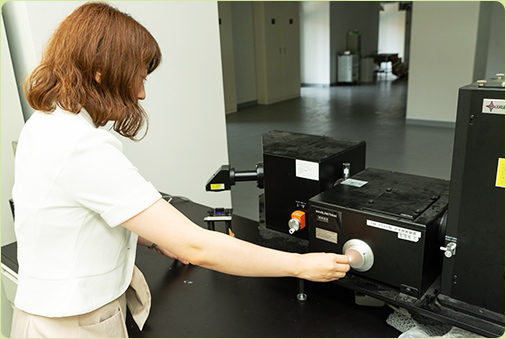 Dr. Takahashi uses monochromatic light source lamps in order to obtain the photovoltaic action spectrum.
Dr. Takahashi uses monochromatic light source lamps in order to obtain the photovoltaic action spectrum.
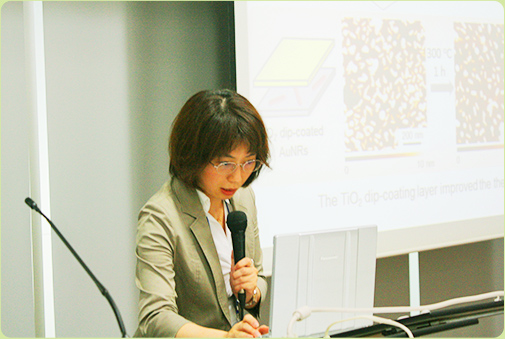 Attending an international conference in June 2014.
Attending an international conference in June 2014.
 Dr. Takahashi has a refined air about her, owing to her elegance and quiet demeanor, yet she commands a strong presence with a manner of speech that reveals a dedicated researcher with years of experience.
Dr. Takahashi has a refined air about her, owing to her elegance and quiet demeanor, yet she commands a strong presence with a manner of speech that reveals a dedicated researcher with years of experience.
My research looks at types of clean and renewable energy, the major types of which are solar, hydrogen, hydropower, wind power, geothermal, and biomass. For all of the variety, we have yet to provide definitive clean-energy solutions at practical and industrial levels. Renewable energy will become more commercially viable if we can make the conversion to electricity cheaper and more efficient, but improving that efficiency is one of the largest obstacles we currently face. My research mainly focuses on photocatalysts, which I hope to harness in order to develop photovoltaic solar cells that are capable of creating what we in the field call “new energy.” This is a change for me and my research, which until recently had been focused on energy storage by means of reduction and oxidation, both of which utilize combinations of various inorganic compounds such as titanium oxide and nickel hydroxide.
 Dr. Takahashi uses monochromatic light source lamps in order to obtain the photovoltaic action spectrum.
Dr. Takahashi uses monochromatic light source lamps in order to obtain the photovoltaic action spectrum.
Now I am much more focused on understanding the mechanisms of plasmon-induced charge separation (PICS), which employs metal nanoparticles as photocatalysts. We know that metal nanoparticles induce plasmon resonance—the collective oscillation of electrons induced by incident light—so I am trying to efficiently harness this light energy in repeated experiments that incorporate and alternate inorganic materials as well as organic and hybrid materials.
 Attending an international conference in June 2014.
Attending an international conference in June 2014.
Ultimately, I want to create new kinds of energy conversion systems. But I realize that in order to do this, I need to incorporate perspectives from a variety of fields into my approach to research, which is focused on photoelectrochemistry. One of my goals is to produce alternative energy conversion systems that are tailored to specific environments and purposes. Solar cells have become a main clean energy source, with many different types in use around the world, the most common being the crystalline silicon solar cell. I believe that I can utilize my experience—and the photocatalysts and solar cells that I research—to invent solar cell technologies using new materials that can replace conventional materials like silicon. The importance of clean and renewable energy will only continue to increase in future energy strategies. That’s why I plan to continue exploring the mechanisms behind clean energy and working to create renewable, green, and efficient energy conversion systems.


The joy of research comes from the totally unexpected. It's a thrill to see something you had never thought of before, realizing that some things still escape your comprehension. That's why chemistry is so exciting. And that's why the unknown is so exciting. I think it would be great if society could one day benefit from my pursuit of the unknown.
In many fields of science, we have yet to comprehend the mechanisms needed for the creation of new energy conversion systems. It is rewarding to reveal the unknown through research and exciting to find out what lies on the other side.
In research, gender doesn't matter—all that matters is a passion for your subject. I personally feel very lucky to be doing research here at I²CNER, which is home to researchers from MIT, ETH Zurich, and other top universities from around the world as well as experts from private industry. Working here, I've had opportunities to go abroad, attending symposiums in Germany and participating in exchange programs, all thanks to I²CNER and its dedication to new energy creation. Not only is it appealing to have access to some of the largest and most advanced research equipment in the world, but it's also incredibly stimulating to be able to talk with experts from different fields. As a woman, it's also encouraging for me to see the number of fellow female researchers increase in recent years.

![]()




